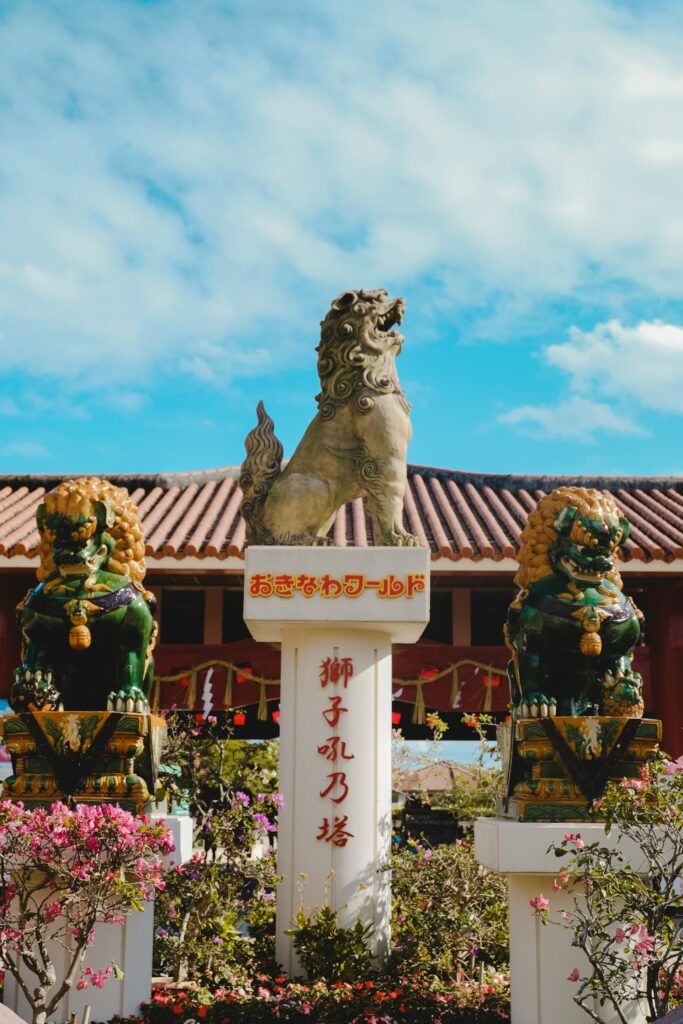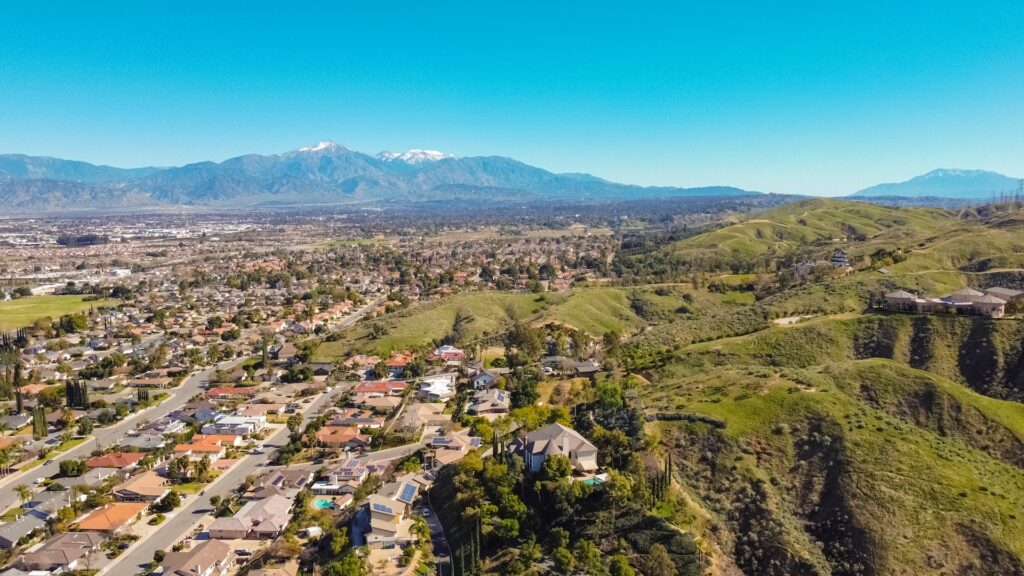Experience Blue Zones via Sustainable Travel
In the quest for longevity and wellness, the world’s Blue Zones have emerged as intriguing destinations. These regions, known for their high concentrations of centenarians and remarkable health records, are drawing travelers seeking to unravel the secrets of a longer, healthier life.
This article shows you that it is possible to travel there sustainably. From the sun-drenched hills of Sardinia to the serene villages of Okinawa, eco-friendly accommodations are waiting for eco-tourists and curious explorers alike.
What are Blue Zones?
Blue Zones were recognized and coined by demographers Michael Poulain and Gianni Pes, but they only referred to one location as such. Later, Dan Buetter added four more places, so the Blue Zones span across 5 areas worldwide. Amazingly, a sixth has recently made an entry.
- Sardinia, Italy
- Okinawa, Japan
- Nicoya Peninsula, Costa Rica
- Ikaria, Greece
- Loma Linda, California, USA
- Singapore
Exploration continues into the Blue Zones, with many aspects still unknown, including the exact elements that contribute to their healthfulness. These zones, though individually distinct, share several common characteristics:
Physical activity
The Blue Zones witness the highest rates of physical activity and fitness than anywhere else. Most of the population in these areas practice fitness and pursue active goals, leading to better health.
Diet
People in the Blue Zones eat pure, organic, and high-quality foods. Most of their diet comprises nutritional grains, fruits, and vegetables, but they are not eating only vegan recipes. However, the people living there rarely look into processed foods.
Social engagement
People in the Blue Zone live an active social life. They regularly interact with family, friends, and neighbors, improving moods.
Stress
Healthy practices and social engagement reduce stress. Citizens of Blue Zones also frequently partake in stress-relieving exercises, including yoga and meditation.
Exploring Blue Zones While Traveling
When visiting Blue Zones, choosing eco-friendly travel options and accommodations helps protect the area’s natural beauty and its local culture. While you are there, support local businesses – buying from farmers, artisans, and eating at organic local restaurants. Taking part in ecotours led by the community can give a real taste of local life. And always remember to keep the environment clean by not littering and picking up any trash.
Sardinia, Italy

Sardinia was the first place to be recognized as a Blue Zone in 2004. It was granted a Blue Zone status after it was revealed that Sardinia houses the highest concentration of male centenarians (those who live up to 100 years or more).
Sardinia is known for its sustainable agrotourism like Sardinia Eco Vegan House or Delphina Eco Retreat. Both of which are working to reduce their carbon footprint. They’re also actively engaging in the community, sourcing most of their needs from sustainable and renewable resources and taking green initiatives.
Okinawa, Japan

The Okinawa Prefecture in Japan has been renowned as a Blue Zone since 2000. Its unique status owes to an impressive longevity in women, most of whom live long enough to be 100. Okinawa Prefecture values high-quality diets and has one of the cleanest environments in the world. The residents of Okinawa Prefecture partake in social and stress-free activities, which might contribute to their incredible health.
Despite being in one of the world’s most successful and transformative nations, Okinawa Prefecture is simple and sophisticated. Travelers heading to Okinawa must rely on natural walking pathways and local transport to get around.
Luckily, most Okinawa accommodations rely on tradition and the best place for tourists to experience how people live there is staying in ryokans, traditional Japanese inns.
The best eco-friendly ryokans include the Sherpa-escorted private villa Yambaru Hotel Nammei Shinshitsu and the Umino Ryotei Okinawa Nakamasou. Yambaru Hotel offers an immersive and community-driven experience, while Umino Ryotei offers a slightly modern, rustic experience.
Nicoya Peninsula, Costa Rica

With golden sand and sparkling blue waves, the Nicoya Peninsula in Costa Rica boasts one of the lowest rates of middle-age mortality and a high life expectancy. The gorgeous peninsula’s bright blue skies, luscious greenery, and rich wildlife reveal much behind its impressive expectancy.
This idyllic region, with its pristine beaches and lush forests, offers a unique blend of natural beauty and cultural richness. There is no shortage in the things you can do in Costa Rica, from birdwatching, fishing and zip-lining to engaging community-led tourism. Travelers seeking a holistic experience can also find serenity and rejuvenation at yoga retreats. Knowing the best time to visit can enhance the experience, especially for wildlife enthusiasts looking to wake up to the sounds of hundreds of Costa Rican birds.
Luckily for travelers, Costa Rica is one of the leading countries in renewable energy. Therefore, almost every eco-lodge in the Nicoya Peninsula practices sustainability and actively engages in the community. Eco-lodges all over Costa Rica offer environmentally friendly accommodations that harmonize with the surrounding landscape, ensuring that visitors can enjoy the beauty of Mother Nature, while contributing to its preservation.
Ikaria, Greece

Perhaps one of the world’s most beautiful places, Ikaria in Greece offers a rustic and old-timey charm that never gets old, just like its citizens. The island has one of the lowest rates of dementia and cardiovascular diseases, and its heart-healthy citizens partake in healthy activities to keep their impressive record.
The Sustainable Eco Village and Artistic Project is a culturally immersive and community-inclusive eco-resort where guests can learn more about Ikaria’s impressive history and sightsee without negatively impacting the environment.
Those seeking a more nuanced and nature-immersive experience can stay at the Geodesic dome tents, where tourists can actively engage in the community and practice sustainability.
Singapore

Initially, the Blue Zones comprised only five regions. However, recently, scientists have observed remarkable longevity comparable to that of the Blue Zones in Singapore.
This transition benefits countless, especially tourists who want to explore a more modern and in-touch destination. Singapore’s recent status and consideration as Blue Zone comes with high-rise buildings and an active nightlife, so it’s perfect for thrill seekers.
Treetops Serviced Apartments is an eco-friendly accommodation that invites guests to reside in serviced apartments, ensuring privacy and seclusion. Theses apartments ae one of the greenest in the area and promises an inclusive and immersive experience.
Another fantastic option is the Llyod’s Inn, a 3-star boutique hotel that practices sustainability and is actively working toward a renewable future.
Loma Linda, California, USA

You don’t have to travel far to experience the magic of the Blue Zones. Loma Linda in California is coming amazingly close to achieving the impossible task of longevity. The city has to be recognized as a Blue Zone especially the Seventh-day Adventist community of over 9,000 people.
Visitors looking to experience this unique area can stay in sustainable Californian eco-lodges nearby. These lodges offer a comfortable stay while respecting the environment. They can be a great base for exploring Loma Linda’s lifestyle, from its healthy food choices to its peaceful natural surroundings.
Emese Maczko is a travel blogger behind Eco Lodges Anywhere. Having explored several destinations around Europe, the US, Indonesia, and Australia, and resided in Germany, the United Kingdom, and Luxembourg, Emese possesses a keen understanding of diverse cultures and an appreciation for the beauty of each destination she visits. She advocates for sustainable travel and ecotourism.


